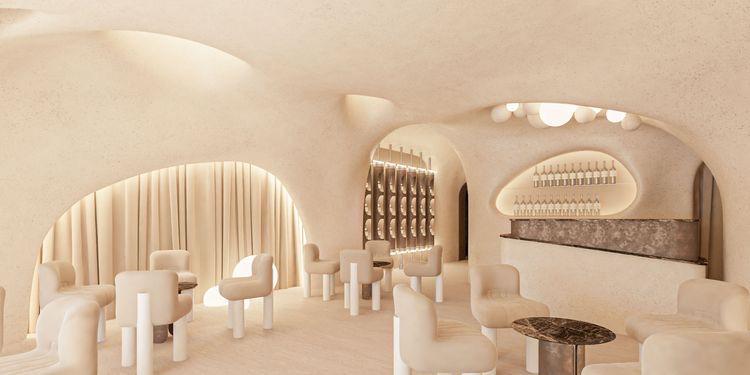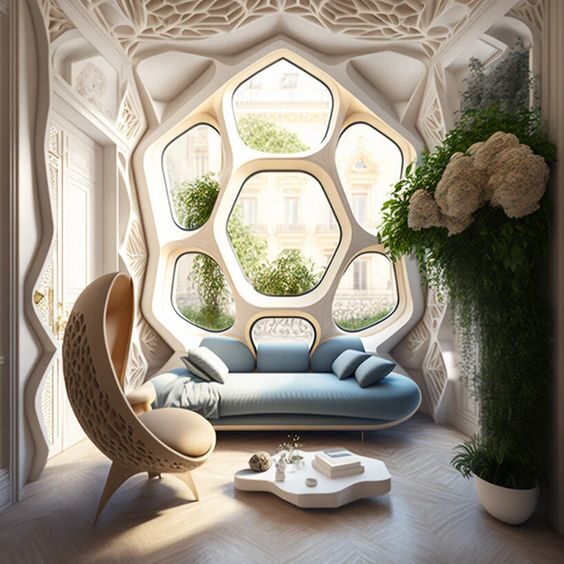
The AI impact in architecture and interior design
Artificial Intelligence (AI) In the architecture and design industry is having an increasingly significant impact, bringing about a profound transformation in the creative and aesthetic approach to these fields. The use of AI technologies allows companies to offer personalized, sustainable, and innovative experiences for their clients, bringing significant benefits to all aspects of the design and construction process.
Personalized Experiences through Data Analysis
One of the most remarkable aspects of AI in architecture and design is its ability to create personalized experiences for clients. By analyzing customer data, AI can obtain valuable insights into their preferences and needs, enabling companies to create design projects tailored to each client’s unique vision and objectives. Before developing various design alternatives, the application may ask the user to complete a short questionnaire in which they can select their preferred style, colors, interior accents, and desired materials. This high level of personalization leads to a more satisfying experience and, consequently, to increased loyalty and successful business outcomes.
Accessible Information for Application and Implementation
In addition to personalization, AI also brings an important perspective to the construction and implementation process in architecture and design. By analyzing data and applying algorithms, AI can provide information about sustainable construction practices, such as the use of eco-friendly materials or the implementation of energy-efficient systems. Integrating these practices into the design process allows companies to create aesthetically pleasing and innovative buildings while being well-informed about the implementation process. For example, the ChatGPT engine can provide various options for constructing structurally sound buildings, considering algorithms related to costs, materials, and functionality.
Automation
Automation is another revolutionary aspect of AI in architecture and design. By automating tasks such as generating design options or analyzing data, designers are freed from repetitive tasks and can focus more time and energy on the creative aspects of the process. This approach leads to more innovative and inspired interior design concepts, resulting in an enhanced experience for clients.
Virtual Reality (VR) and Augmented Reality (AR)
Another way AI influences the customer experience in the architecture and design industry is through the use of virtual and augmented reality. These technologies allow clients to visualize and interact with their designs in a virtual environment, providing an immersive and captivating perspective of the final outcome. Many rendering engines have adopted additional tools to enable this type of operation. This interactive and realistic experience helps clients better understand the proposed concepts and make informed decisions during the design process.
In conclusion, the use of Artificial Intelligence in architecture and design brings significant benefits to clients, completely transforming the way their experiences are created and delivered. From personalization and information to automation and virtual reality, AI brings an innovative and efficient approach to these industries, generating remarkable results with a deep focus on the human aspect of the creative process.

